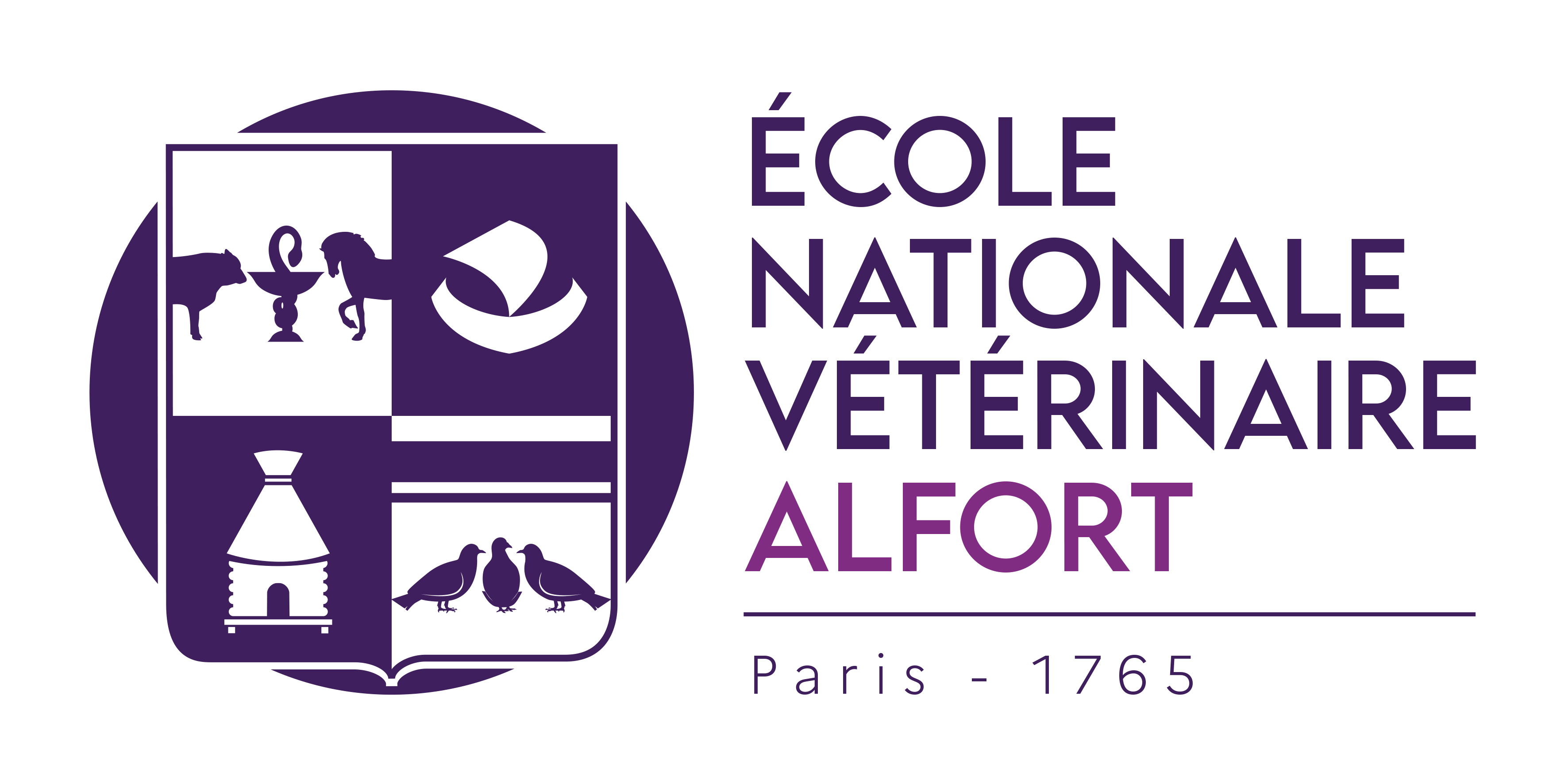Equine piroplasmosis in different geographical areas in France: prevalence heterogeneity of asymptomatic carriers and low genetic diversity of Theileria equi and Babesia caballi
Résumé
Equine piroplasmosis is a worldwide tick-borne disease caused by the protozoan parasites Theileria equi and Babesia caballi , with significant economic and sanitary consequences. It can also limit the export of infected horses to piroplasmosis-free countries. These two parasites are genetically variable, with greater diversity observed in T. equi . This variability can potentially impact diagnostic accuracy. Our study aimed to evaluate the frequency of asymptomatic carriers of these parasites in France and describe the circulating genotypes. We used a species-specific nested PCR protocol targeting the 18S small subunit (SSU) rRNA gene and subsequent amplicon sequencing on blood samples collected from 566 asymptomatic horses across four National Veterinary Schools. The carrier frequency varied considerably, ranging from 18.7% around Paris (central-north) to 56.1% around Lyon (southeast), with an overall prevalence of 38.3%. T. equi carriers were ten times more frequent (91.7%, 209/228 isolates) compared to B. caballi carriers (8.8%, 19/228 isolates). Notably, T. equi carrier frequency was significantly lower in the northern region (Ile de France) compared to the southeastern regions. Interestingly, a strong correlation was observed between the frequencies of asymptomatic carriers and reported cases of acute piroplasmosis across all four geographic areas. Neither gender (female, gelding, or stallion) nor horse age showed a significant effect on the frequency of asymptomatic carriers. In areas with the highest carrier frequency, a substantial proportion of horses (22.2% to 37.5%) carried T. equi before the age of three, indicating high infection pressure. Genotyping of 201 T. equi isolates revealed a predominance of genotype E (98%), with only a few isolates belonging to genotype A (2%). Notably, two of the four genotype A isolates were detected in horses originating from Spain. All 19 B. caballi isolates belonged to the most common genotype A of this species. The discussion section explores the link between these results, the tick distribution and abundance, and the frequency of detection of T. equi and B. caballi in febrile cases attributed to piroplasmosis.
| Origine | Fichiers produits par l'(les) auteur(s) |
|---|---|
| Licence |



